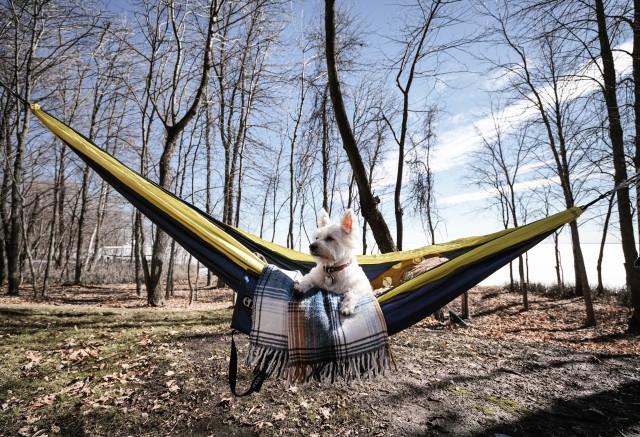Are you ready to open your heart and home to foster animals and Prepare Home for Fostering Animals? It’s time to roll up your sleeves and get your space in tip-top shape. By preparing your home, you’ll create a haven for these furry friends, offering them safety, comfort, and love.
In this article, we’ll guide you through the steps of assessing your space, gathering supplies, and establishing a routine. So let’s dive in and transform your home into the perfect sanctuary for fostering animals.
Assessing Your Space and Resources
Before you start fostering animals, it’s important to assess your space and resources.
Evaluating your space means considering the size and layout of your home. Determine if you have enough room for the type of animals you want to foster. For example, if you plan to foster dogs, you’ll need a yard for them to play and exercise.
Additionally, assess the safety of your space. Make sure there are no hazards or toxic substances that could harm the animals.
When determining resources, think about the supplies you’ll need. This includes food, water bowls, bedding, toys, and crates. Consider your budget and whether you have the financial means to provide for the animals’ needs.
Taking the time to evaluate your space and determine your resources will help ensure a successful fostering experience.
Creating a Safe and Comfortable Environment and Prepare Home for Fostering Animals
To ensure a safe and comfortable environment for the animals you foster, make sure to childproof any hazardous areas.
Setting boundaries and introducing new pets requires careful planning. Begin by designating specific areas in your home where the foster animals can roam freely. Use baby gates or pet barriers to restrict access to certain rooms or areas with potential dangers such as toxic plants or electrical cords. Secure cabinets and drawers that contain cleaning supplies or other harmful substances.
Additionally, provide a designated space for the foster animals to sleep and eat, away from high-traffic areas. When introducing new pets, supervise their interactions and gradually increase their time together to prevent any conflicts.
Gathering Essential Supplies and Equipment
When gathering essential supplies and equipment for fostering, don’t forget to stock up on food, bedding, and toys to ensure the comfort and well-being of the animals.
Buying the right food is crucial to meet the dietary needs of the animals you will be fostering. Remember to check with the rescue organization or shelter for any specific dietary requirements.

Along with food, make sure to have plenty of bedding for their crates or designated areas. Soft blankets or pet beds will provide a cozy and comfortable space for them to relax.
Additionally, toys are essential for keeping the animals entertained and mentally stimulated. Interactive toys, chew toys, and balls are great options.
Establishing a Routine and Schedule
Establishing a routine and schedule is crucial for maintaining a sense of structure and stability for the animals in your care. When fostering animals, it’s important to create consistency and set boundaries to help them feel safe and secure.
Start by establishing regular feeding times and stick to them. This will help the animals anticipate mealtime and feel more comfortable in their new environment.
Additionally, create a schedule for exercise and playtime, ensuring that they have designated times for physical activity and mental stimulation. This will help prevent boredom and destructive behavior.
Finally, establish a consistent bedtime routine, providing a quiet and comfortable space for them to rest.
Educating Yourself on Animal Care and Behavior
Educating yourself on animal care and behavior is essential in providing the best possible care for the animals you’re fostering. Understanding training techniques and managing potential challenges are crucial aspects of being a successful foster parent.
By learning about different training methods, you can effectively communicate with the animals and help them develop good behaviors. Positive reinforcement, such as rewards and praise, can be used to encourage desired behaviors while avoiding punishment or harsh techniques.
Additionally, it’s important to be prepared for potential challenges that may arise during the fostering process. Each animal is unique, and some may have specific needs or behaviors that require extra attention and patience.
